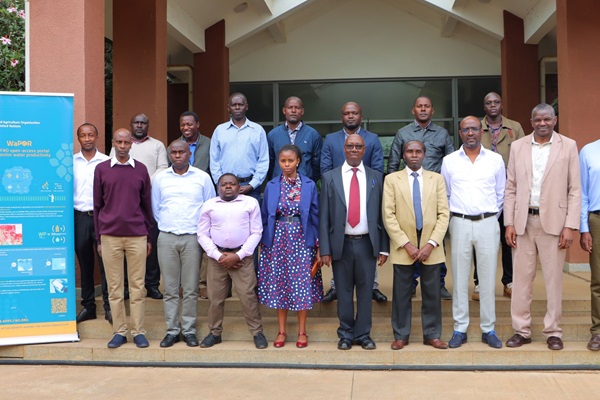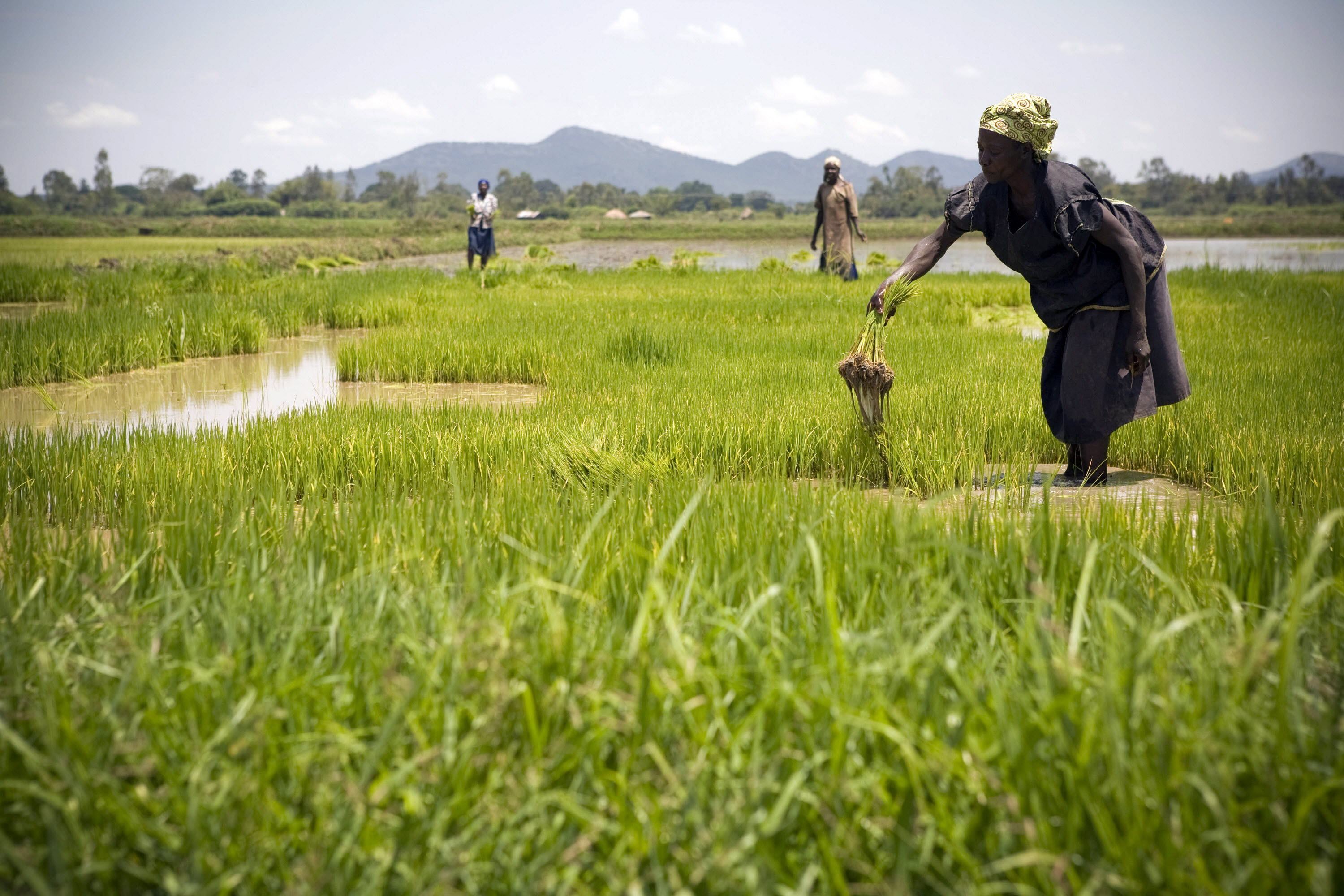 Kenya
Kenya
Latest news related to Kenya

New high-resolution areas in Egypt, Mozambique and Kenya available in WaPOR v3 portal
18/03/2024
Three new high-resolution areas are now available on WaPOR v3 portal for the subnational level in Northern Egypt (Egypt), Baixo Limpopo (Mozambique), and Mwea, Tana and Bura (Kenya).
High-resolution areas (level 3) at 20 mt can be used to assess the functioning of irrigation systems to p...

QGIS and WaPOR data for water productivity and irrigation performance assessment training was held in Kenya (24-27 October 2023)
30/10/2023
The WaPOR phase 2 project organized the regional training "QGIS and WaPOR for Water Productivity and Irrigation performance", as part of the capacity development component and supported by the Knowledge Hub of Kenya at Jomo Kenyatta University of Agriculture and Technology (JKUAT). ...
.tmb-th600x400.jpg?Culture=en&sfvrsn=e12f1efc_3)
Tool co-design and co-creation workshop Kenya
29/06/2023
The International Water Management Institute (IWMI) recently spearheaded the first Co-Design and Co-Creation Workshop in Kenya as part of the WaPOR Project. This initiative brought together stakeholders from various organizations, including the Ministry of Water, Sanitation and Irrigation, the...

WaPOR introductory training in Kenya
02/12/2022
Resources and links
About Kenya
The Republic of Kenya is a country in East Africa with an area of 580,367 km2 with about 80% of the land mass considered arid and semi-arid land (ASAL). Kenya is a water-stressed country with a per capita freshwater volume of about 527 m3 (according to the National Water Master Plan, 2013), while the UN has, in the past, defined 1000m3/capita as the threshold for water scarcity. Per capita freshwater availability by 2030 is estimated to further decrease at 475 cubic meters per year.
Kenya is largely an agricultural economy, with the sector contributing about 34% of total gross domestic product (GDP) and another 27% through linkages with other sectors such as manufacturing, distribution, and services. Agricultural production is mainly rainfed, with only about 4% of the total arable land irrigated, 70% of which is irrigated by small-scale irrigation systems. Yet, agriculture is also the largest water user, accounting for about 70% of total freshwater withdrawals.
Project milestones:
May 2022: stakeholder mapping and engagement exercise
26 July 2022: WaPOR phase 2 inception workshop
29 November 2022: WaPOR introductory training
WaPOR partnerships in Kenya
The Ministry of Water Sanitation and Irrigation, through the State Irrigation Department, is a key partner in the implementation of the project as it is supposed to oversee the development of irrigation in the country and one of the key performance indicators is the improvement of water productivity. The Ministry has an ambitious plan to improve smallholder productivity and collaboration with the WaPOR 2 project will help in assessing irrigation performance, identifying water scarce areas, reporting on agricultural land and water use, food security and assessing the impact of interventions on crop production and water productivity, crop mapping and co-developing relevant tools, solutions and knowledge products.
The National Irrigation Authority (NIA) is mandated to develop and manage the large and public irrigation schemes (over 3000 acres). Collaboration with the NIA aims to build the capacity of technical staff to assess irrigation performance seasonally to support management and reporting of the large irrigation schemes.
County governments are tasked with developing and managing smaller irrigation schemes (less than 100 acres). Collaboration with the WaPOR 2 project focuses on small-scale irrigation performance monitoring, irrigation planning, natural resource or drought monitoring, joint development and creation of tools and solutions, and reporting on outcomes of interventions.
The Knowledge Hub hosted at the Jomo Kenyatta University of Agriculture and Technology and the Service Centre of the WaterPIP project have a wide range of local knowledge on WaPOR, agricultural water management, remote sensing and other relevant topics, and collaboration with these institutions further helps build local capacity of WaPOR among stakeholders.
The project also collaborates with development institutions such as the Netherlands Development Organization (SNV) with whom it aims to build capacity and jointly develop tools and solutions relevant to beneficiaries in agricultural water management.
© FAO/Sarah Elliott
